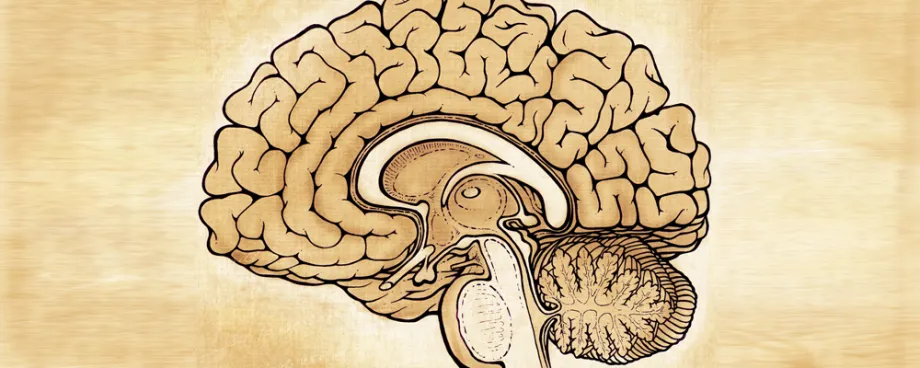
Photo by Alena Hovorkova, Shutterstock.
Stanford Medicine Scope - April 24th, 2017 - by Erin Digitale
New Stanford research published in Cancer Cell suggests two potential drug targets for a terrible pediatric brain tumor, diffuse intrinsic pontine glioma. The findings add to a growing body of work from around the world that illuminates how DIPG cells function and suggests many ways their proliferation could be stopped.
This tumor, which affects a few hundred school-aged children across the country each year, is the deadliest human cancer: Its five-year survival rate of 1 percent hasn’t budged in decades. Because of its location in the brain, DIPG can’t be surgically removed, and many chemotherapy agents designed for other cancers haven’t helped. The need for new options is urgent.
The paper, by pediatric neurooncologist Michelle Monje, MD, PhD, and her team, reports two strategies for disrupting transcription — the first step in sending a gene’s message — of DIPG’s cancer-causing genes.
One strategy, called bromodomain inhibition, was demonstrated in DIPG cells in a dish using either genetic engineering of the tumor cells, or a chemical that targets the same specific part of the transcription machinery. The chemical, JQ1, isn’t usable as a drug, and a few nascent medications that target bromodomain inhibition were not potent enough to slow the tumor’s growth in a mouse model of DIPG. In other words, this finding is just a starting point for the development of a potential drug — but flipping this cellular switch should help if a chemotherapy agent can be developed to do it.
“I think in the future, there will be the right drug to target bromodomain inhibition in the brain, something potent enough to get through the blood-brain barrier,” Monje said.
The second strategy targeted another transcription regulator called CDK7, inhibiting it with a compound called THZ1. When given to mice that had been implanted with an aggressive form of human DIPG, THZ1 led to what the researchers called a “modest but significant” 20 percent increase in survival time. THZ1 also inhibits other cancers in mouse models, but the compound hasn’t yet been tested for safety or efficacy in people.
Both forms of transcription inhibition also show promising results when combined with a different drug that Monje’s team has been investigating separately, an FDA-approved form of chemotherapy called panobinostat. Treating cells simultaneously with panobinostat and either of the other two compounds worked very well; the drugs enhance each other’s effects.
A clinical trial for panobinostat alone is currently underway in children, and Monje hopes eventually to launch trials that combine it with different drugs so that the tumor can be attacked from all angles. Another recent study provided pre-clinical evidence that a particular form of immunotherapy may be useful for DIPG, too.
At the end of my conversation with Monje, I asked her the big question that always lurks in the back of my mind when I report on DIPG: Are we heading toward an improved future for patients with this tumor? Her answer was, in essence: It’s slow work, but yes.
“This is a tumor that I think we will only treat effectively with a multimodal approach,” she said. There probably won’t be a single, silver-bullet drug; instead, an effective treatment strategy will be akin to disabling a car by puncturing the tires, emptying the gas tank and removing the drive shaft.
“I do think we’re making progress with all of these different ways to attack the tumor,” Monje said. “We’re learning to injure the tumor cells, disrupt their fuel sources, eliminate them through immune mechanisms. I think, in my lifetime, survival will be more than 9 to 10 months, and when we effectively combine all the pieces, I think this will be a beatable disease.”


